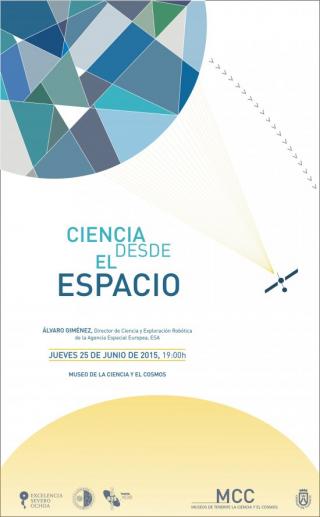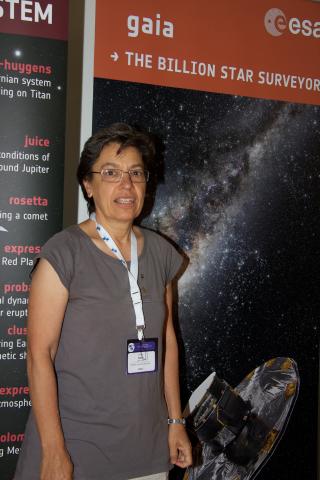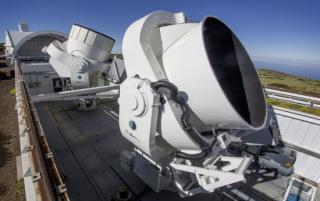
By IVÁN JIMÉNEZ Michela Mapelli, a researcher at the Padua astronomical observatory, belonging to the INAF, is interested in the forces at work in galaxies, and especially in the dark side of our Galaxy, the Milky Way. The problem of our Galaxy is that when you try to get to the heart of it you end up rather frustrated. As well as being in a difficult position to study it,- right in the plane, and about half way from the centre to the edge, the main obstacle is interstellar dust which blocks our line of sight to the Galactic nucleus, where there is a very strong indication that a
Advertised on




